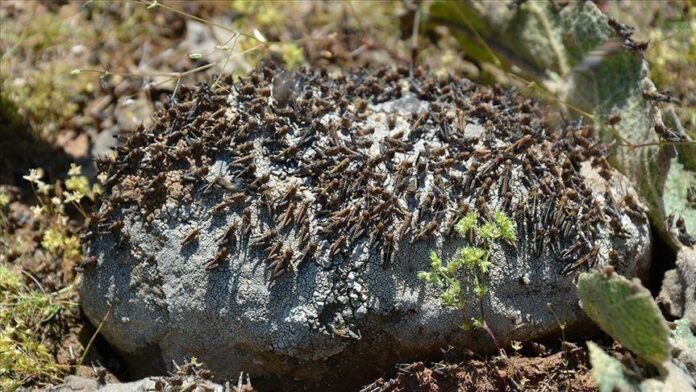Kenya on Monday announced it has finally managed to contain the locust invasion that had rocked the East African country.
The Food and Agriculture Organization (FAO) in Kenya tweeted that only Samburu county is being plagued by desert locusts.
“The only known group of swarms is currently in Barsaloi (Samburu county and), the team is conducting surveys for any unspotted swarms. Otherwise, the rest of the affected counties are now free. We remain vigilant and have also upscaled livelihood recovery.”
It said that despite desert locust swarms being on the decline across the Horn of Africa region due to large-scale control operations and poor rains, “the battle is not over.”
The ancient critter threatened food security in Kenya after invading key agricultural counties. Heavy downpour occasioned by a change in climatic conditions provided fodder for desert locust swarms that originated in Yemen, moved to Somalia and spread across East Africa.
Cyclone Gati that hit Somalia’s coast in the Indian Ocean in November 2020 triggered the second wave of locust plague, which environmental experts warned was two times deadlier than the one recorded in East Africa in 2020.
Rains and winds are two of the most favorable conditions for desert locusts to multiply rapidly and spread to areas where they had been under control, Etienne Peterschmitt, UN’s Food and Agriculture Organization official, said in a statement.
According to FAO, desert locust is considered the most destructive migratory pest in the world. A single swarm covering one square kilometer (0.39 square miles) contains up to 80 million locusts and can eat the same amount of food in one day as about 35,000 people. Locust numbers increase 20 times in three months with every new generation.






